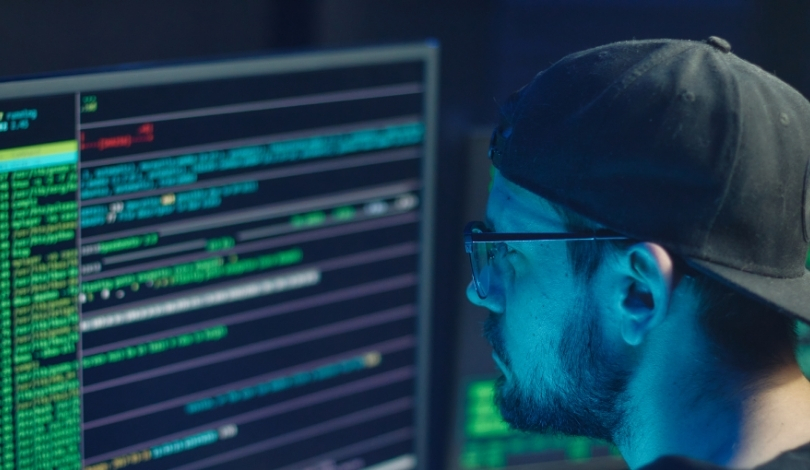As cyber threats from Chinese advanced persistent threat (APT) groups intensify, artificial intelligence (AI) emerges as a critical tool for enhancing defense mechanisms. The increasing sophistication of attacks, particularly targeting U.S. telecommunications and law enforcement networks, necessitates advanced solutions to detect and mitigate these intrusions swiftly. Organizations are now leveraging AI to bridge gaps in their cybersecurity infrastructure, aiming to stay ahead of adversaries who exploit vulnerabilities at an unprecedented scale.
Recent reports highlight a shift in the frequency of alerts regarding Chinese and other nation-state APT actors, such as those from Russia, North Korea, and Iran. Despite a decline in official warnings, cybersecurity experts emphasize the growing importance of maintaining vigilance. The integration of AI technologies allows defenders to analyze threats at machine speed, significantly reducing response times and improving overall security posture.
How Does AI Enhance Threat Detection?
AI significantly improves the ability to identify and counter sophisticated cyber threats by processing extensive data across organizational networks.
“AI is there to augment your efforts by tying in a lot of the disparate context or the context that’s lacking between different siloed systems,”
explained Cristian Rodriguez, Americas Field CTO at CrowdStrike. This capability enables the correlation of data points from various sources, allowing for the rapid identification and neutralization of suspicious activities.
What Role Does Cloud Infrastructure Play?
The adoption of cloud-based technologies complicates cybersecurity efforts by creating numerous entry points for threat actors.
“Very few companies have visibility across their cloud infrastructure and their on-premise tech in a way where they see all of it at the same time,”
noted Alex Stamos, CISO at SentinelOne. This fragmented visibility allows attackers to exploit vulnerabilities across both cloud and local systems, making comprehensive monitoring essential for effective defense.
Why Must AI Systems Be Secured?
While AI aids in threat detection, the systems themselves are vulnerable to attacks that could compromise sensitive data.
“The adversary is looking for misconfigured large language models and any type of other genAI that you may be hosting in your cloud,”
stated Cristian Rodriguez. Protecting AI infrastructure is crucial to prevent adversaries from accessing or manipulating these advanced tools for malicious purposes.
Effective cybersecurity now hinges on the seamless integration of AI to manage and analyze vast data landscapes, particularly within cloud environments. By consolidating security telemetry into unified data lakes, organizations can enhance their real-time response capabilities against dynamic threats. Additionally, securing identities with multifactor authentication and regular privilege assessments further strengthens defenses against unauthorized access.
Ensuring robust AI deployment requires not only technological advancements but also strategic implementation by skilled teams. Organizations are encouraged to foster enthusiasm for AI within their cybersecurity units, even if deep technical expertise is initially lacking. This proactive approach can facilitate the adoption of AI-driven security measures, making it accessible and effective across various operational levels.
AI’s role in cybersecurity is multifaceted, offering significant advantages in threat detection and response while also introducing new challenges in safeguarding AI systems themselves. As cyber threats continue to evolve, the integration of AI into defensive strategies remains essential for organizations aiming to protect their critical infrastructure from sophisticated adversaries.










